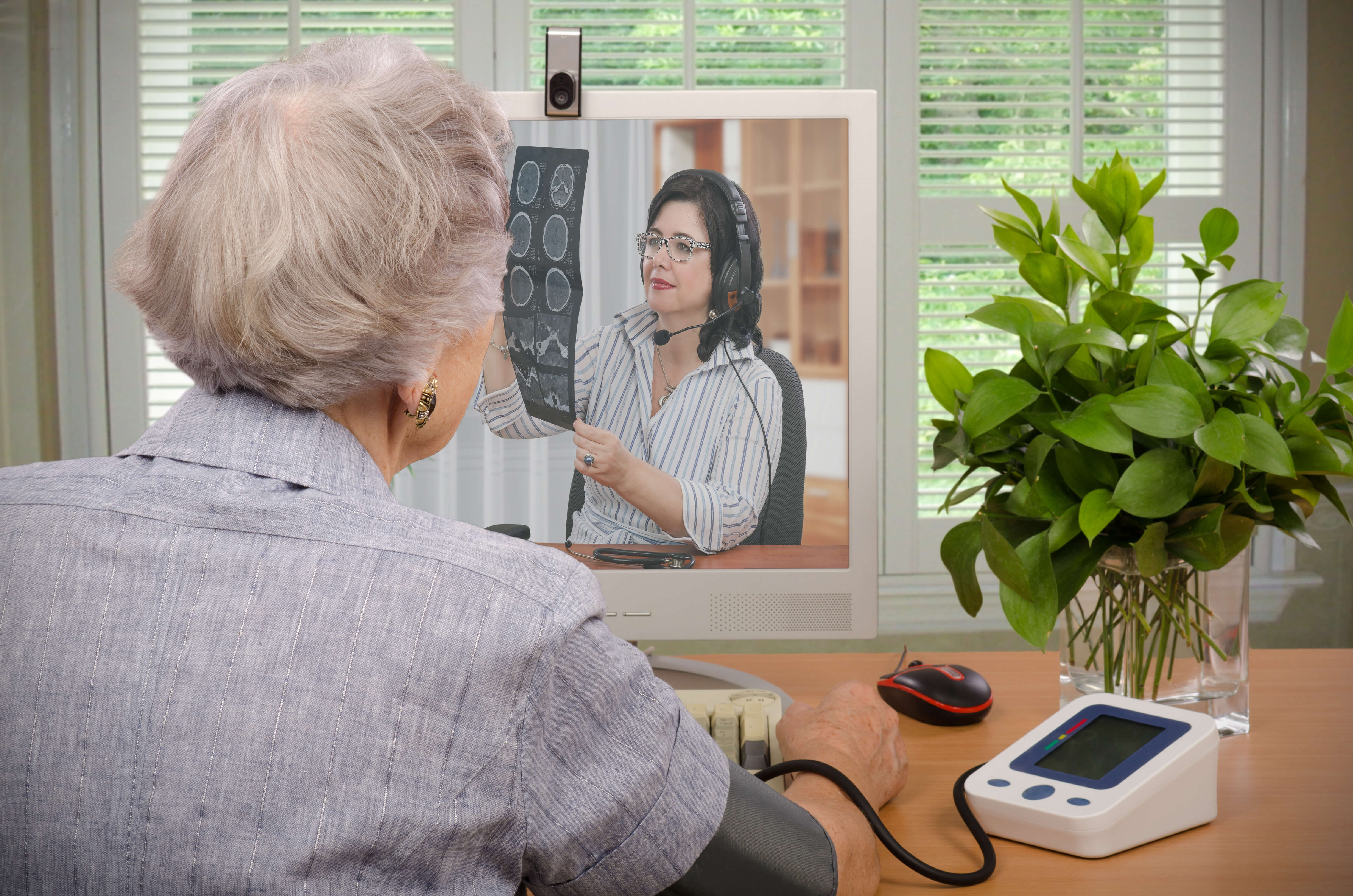
Telemedicine: The Future of Rural Healthcare
March 17, 2017
Categories: Thought Leadership
If you live in an urban area, you probably never had an issue accessing health care. Your doctor is likely located less than a half hour from your home. You can easily make or reschedule an appointment. And minute clinics cropping up almost as frequently as your neighborhood Starbucks.
 However, for many living in rural America, access to healthcare is simply not the same. According to the National Rural Health Association, the patient-to-physician ratio in rural areas is nearly 40 doctors per 100,000 (comparted to 53 physicians per 10,000 in urban areas). How does this impact care? Well, fewer doctors per capita mean an increase in travel, wait, and scheduling time. It also means increasing the risk that health issues will go untreated or unnoticed, which leads to higher healthcare costs.
However, for many living in rural America, access to healthcare is simply not the same. According to the National Rural Health Association, the patient-to-physician ratio in rural areas is nearly 40 doctors per 100,000 (comparted to 53 physicians per 10,000 in urban areas). How does this impact care? Well, fewer doctors per capita mean an increase in travel, wait, and scheduling time. It also means increasing the risk that health issues will go untreated or unnoticed, which leads to higher healthcare costs.
The Internet of Things is touching on every aspect of our lives. So, it should be no surprise that it is helping address the rural healthcare challenge. Telemedicine, such as home health monitoring devices, doctors can keep track of the patients without in-person visits. Similarly, secure video chats have made it possible for doctors to conduct consultations with patients remotely.
There are obstacles of course, including government and insurance regulations that are slow to address telemedicine practices. But just this week, a bipartisan group of North Carolina lawmakers proposed a bill that would standardize coverage and reimbursements for telemedicine.
As innovators in the health IT space, we are excited to see technology being used to support the less populated areas and how it will improve the overall health for these individuals.







